Comprehensive Training Libraries for the Oil & Gas Industry
Educate your workforce on safety and industry-specific skills, including refining technologies, fracking, maintenance, petroleum engineering, and more.
Solutions
Solutions for
K-12
K-12
Learn MoreEducator & Staff Training
Educator & Staff Training
Improve compliance and deliver critical professional development with online courses and management system
Learn moreStudent Safety & Wellness Program NEW
Student Safety & Wellness Program
Keep students safe and healthy with safety, well-being, and social and emotional learning courses and lessons
Learn moreProfessional Growth Management
Professional Growth Management
Integrated software to manage and track evaluations and professional development and deliver online training
Learn moreAnonymous Reporting & Safety Communications
Anonymous Reporting & Safety Communications
Empower your school community to ask for help to improve school safety and prevent crises before they occur
Learn moreIncident & EHS Management
Incident & EHS Management
Streamline safety incident reporting and management to improve safety, reduce risk, and increase compliance
Learn moreHigher Education
Higher Education
Learn MoreStudent Training
Student Training
Increase safety, well-being, and belonging with proven-effective training on critical prevention topics
Learn moreFaculty & Staff Training
Faculty & Staff Training
Create a safe, healthy, and welcoming campus environment and improve compliance with online training courses
Learn moreCampus Climate Surveys
Campus Climate Surveys
Simplify VAWA compliance with easy, scalable survey deployment, tracking, and reporting
Learn moreAnonymous Reporting & Safety Communications
Anonymous Reporting & Safety Communications
Empower your faculty, staff, and students to take an active role in protecting themselves and others
Learn moreIncident & EHS Management
Incident & EHS Management
Streamline safety incident reporting and management to improve safety, reduce risk, and increase compliance
Learn moreManufacturing
Manufacturing
Learn MoreSafety Training NEW
Safety Training
Elevate performance and productivity while reducing risk across your entire organization with online training.
Learn moreIndustrial Skills Training NEW
Industrial Skills Training
Close skills gap, maximize production, and drive consistency with online training
Learn morePaper Manufactuing Training
Paper Manufactuing Training
Enhance worker expertise and problem-solving skills while ensuring optimal production efficiency.
Learn moreHR & Compliance
Provide role-specific knowledge, develop skills, and improve employee retention with career development training.
Learning Management System (LMS)
Learning Management System (LMS)
Assign, track, and report role-based skills and compliance training for the entire workforce
Learn moreEHS Management
EHS Management
Track, Analyze, Report Health and Safety Activities and Data for the Industrial Workforce
Learn moreSafety Communication
Safety Communication
Enhance the safety for the industrial workforce with two-way risk communications, tools, and resources
Learn moreFire Departments
Fire Departments
Learn MoreTraining Management
Training Management
A training management system tailored for the fire service--track all training, EMS recerts, skill evaluations, ISO, and more in one place
Learn moreCrew Shift Scheduling
Crew Shift Scheduling
Simplify 24/7 staffing and give firefighters the convenience of accepting callbacks and shifts from a mobile device
Learn moreChecks & Inventory Management
Checks & Inventory Management
Streamline truck checks, PPE inspections, controlled substance tracking, and equipment maintenance with a convenient mobile app
Learn moreExposure and Critical Incident Monitoring NEW
Exposure and Critical Incident Monitoring
Document exposures and critical incidents and protect your personnels’ mental and physical wellness
Learn moreEMS
EMS
Learn MoreTraining Management and Recertification
Training Management and Recertification
A training management system tailored for EMS services—EMS online courses for recerts, mobile-enabled skill evaluations, and more
Learn moreEMS Shift Scheduling
EMS Shift Scheduling
Simplify 24/7 staffing and give medics the convenience of managing their schedules from a mobile device
Learn moreInventory Management
Inventory Management
Streamline vehicle checks, controlled substance tracking, and equipment maintenance with a convenient mobile app
Learn moreWellness Monitoring & Exposure Tracking NEW
Wellness Monitoring & Exposure Tracking
Document exposures and critical incidents and protect your personnels’ mental and physical wellness
Learn moreLaw Enforcement
Law Enforcement
Learn MoreTraining and FTO Management
Training and FTO Management
Increase performance, reduce risk, and ensure compliance with a training management system tailored for your FTO/PTO and in-service training
Learn moreEarly Intervention & Performance Management
Early Intervention & Performance Management
Equip leaders with a tool for performance management and early intervention that helps build positive agency culture
Learn moreOfficer Shift Scheduling
Officer Shift Scheduling
Simplify 24/7 staffing and give officers the convenience of managing their schedules from a mobile device
Learn moreAsset Mangagement & Inspections
Asset Mangagement & Inspections
Streamline equipment checks and vehicle maintenance to ensure everything is working correctly and serviced regularly
Learn moreEnergy
Learn MoreSafety Training
Safety Training
Elevate performance and productivity while reducing risk across your entire organization with online training.
Learn moreEnergy Skills Training
Energy Skills Training
Empower your team with skills and safety training to ensure compliance and continuous advancement.
Learn moreHR & Compliance
Provide role-specific knowledge, develop skills, and improve employee retention with career development training.
Learning Management System (LMS)
Learning Management System (LMS)
Assign, track, and report role-based skills and compliance training for the entire workforce
Learn moreEHS Management
EHS Management
Track, analyze, report health and safety activities and data for the industrial workforce
Learn moreLone Worker Safety
Lone Worker Safety
Enhance lone worker safety with two way risk communications, tools, and resources
Learn moreGovernment
Learn MoreFederal Training Management
Federal Training Management
Lower training costs and increase readiness with a unified system designed for high-risk, complex training and compliance operations.
Learn moreMilitary Training Management
Military Training Management
Increase mission-readiness and operational efficiency with a unified system that optimizes military training and certification operations.
Learn moreLocal Government Training Management
Local Government Training Management
Technology to train, prepare, and retain your people
Learn moreFire Marshall Training & Compliance
Fire Marshall Training & Compliance
Improve fire service certification and renewal operations to ensure compliance and a get a comprehensive single source of truth.
Learn moreFire Academy Automation
Fire Academy Automation
Elevate fire academy training with automation software, enhancing efficiency and compliance.
Learn morePOST Training & Compliance
POST Training & Compliance
Streamline your training and standards operations to ensure compliance and put an end to siloed data.
Learn moreLaw Enforcement Academy Automation
Law Enforcement Academy Automation
Modernize law enforcement training with automation software that optimizing processes and centralizes academy information in one system.
Learn moreEHS Management
EHS Management
Simplify incident reporting to OSHA and reduce risk with detailed investigation management.
Learn moreArchitecture, Engineering & Construction
Architecture, Engineering & Construction
Learn MoreLearning Management System (LMS)
Learning Management System (LMS)
Ensure licensed professionals receive compliance and CE training via online courses and learning management.
Learn moreOnline Continuing Education
Online Continuing Education
Keep AEC staff licensed in all 50 states for 100+ certifications with online training
Learn moreTraining
Training
Drive organizational success with training that grows skills and aligns with the latest codes and standards
Learn moreEHS Management
EHS Management
Track, Analyze, Report Health and Safety Activities and Data for AEC Worksites
Learn moreHR & Compliance
HR & Compliance
Provide role-specific knowledge, develop skills, and improve employee retention with career development training.
Safety Communication
Safety Communication
Enhance AEC workforce safety with two-way risk communications, tools, and resources
Learn moreCasino
Casino
Learn MoreAnti-Money Laundering Training
Anti-Money Laundering Training
Reduce risk in casino operations with Title 31 and Anti-Money Laundering training compliance
Learn moreEmployee Training
Employee Training
Deliver our leading AML and casino-specific online courses to stay compliant with national and state standards
Learn moreLearning Management System (LMS)
Learning Management System (LMS)
Streamline training operations, increase employee effectiveness, and reduce liability with our LMS for casinos
Learn moreEHS Management
EHS Management
Simplify incident reporting to OSHA and reduce risk with detailed investigation management
Learn moreEmployee Scheduling
Employee Scheduling
Equip your employees with a mobile app to manage their schedules and simplify your 24/7 staff scheduling
Learn moreIndustries
Industry
Resources

Resource Center
Expert insights to boost training
Resource type
Course Catalogs
Company
Course Center
Ensure the safety and compliance of your workforce with continuing education. From operations courses to petroleum engineering training, our wide range of topics address the needs for your employees from apprentice-level all the way to journeymen.
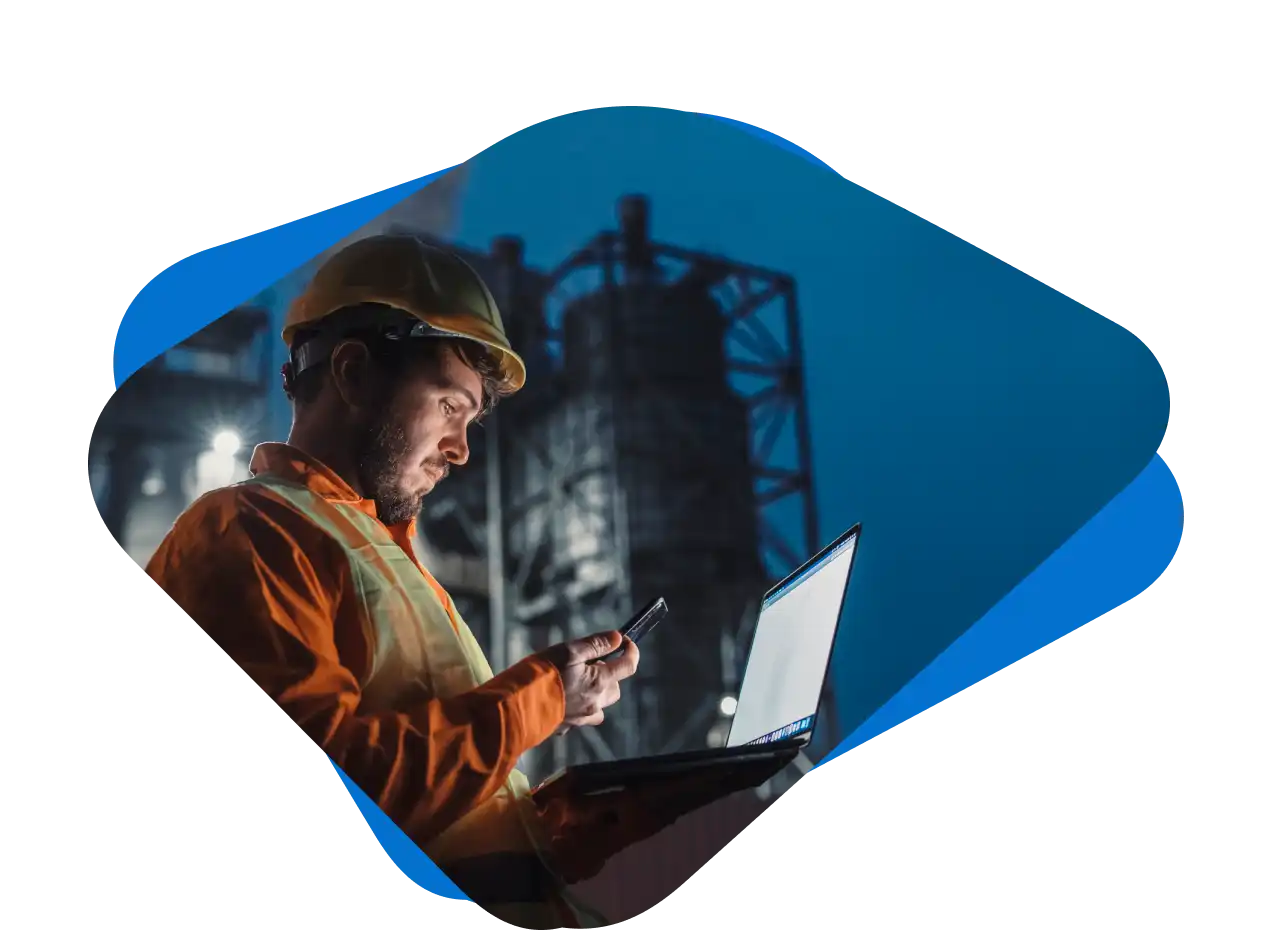




courses on safety, operations, and more
higher retention from upskilling workers
higher productivity in learning-focused environments
fewer safety incident claims
higher profits for learning-focused companies

Educate your workforce on safety and industry-specific skills, including refining technologies, fracking, maintenance, petroleum engineering, and more.
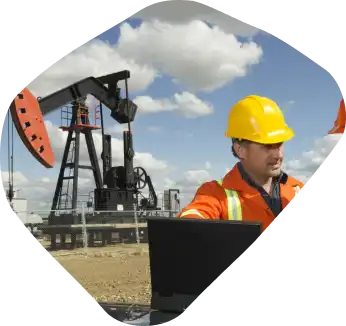
Simplify your oil and gas manufacturing skills and compliance training management with an LMS by Vector Solutions that was made to get the job done.
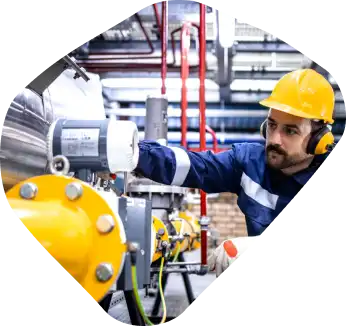
Minimize risks by quickly investigating, recording, and reporting safety incidents, hazards, observations, and more with our powerful EHS management and reporting tool.
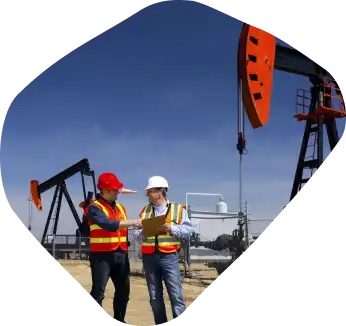
Create a safe and compliance-driven workforce with Vector Solutions’ health and safety courses, which are aligned to OSHA requirements.

Educate your workforce on process operations skills and safety best practices with our award-winning online training and powerful learning management system (LMS).

Educate your workforce on process operations skills and safety best practices with our award-winning online training and powerful learning management system (LMS).
Request a DemoDynamic 3D animations for in-depth learning, boosting engagement, offering practical insights into safety and process operations.
Visualize Complex Concepts
Streamline the understanding of oil and gas job responsibilities using state-of-the-art 3D animations.
Enhanced Learning Engagement
Provide employees a dynamic and engaging learning experience that resonates long after the training ends.
Practical Application Insights
Equip your technicians with invaluable insights gained through realistic oil and gas processes.
Mitigate Operational Risks
Prioritize safety with our 3D animations that elevate situational awareness and promote best practices.
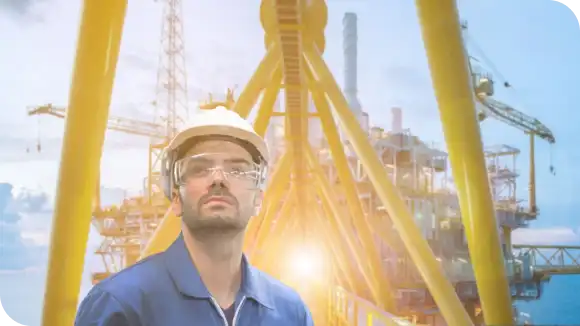
Streamline production by training employees on process systems, theory, instrumentation, and equipment maintenance.

Train employees on industry best practices and standards established by OSHA, the EPA, and other leading safety organizations.
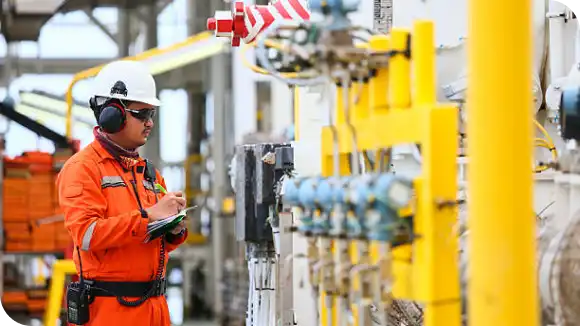
Strengthen specialized skills across your manufacturing teams and improve productivity with these courses.
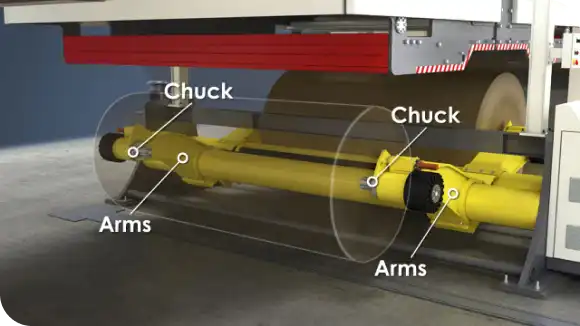
Foster early problem detection and continuous process improvement to reduce machine breakages and downtime with these courses.
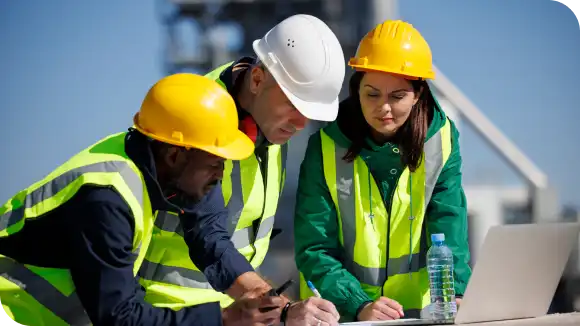
Retain mining industry talent with online training that accelerates career growth and development.
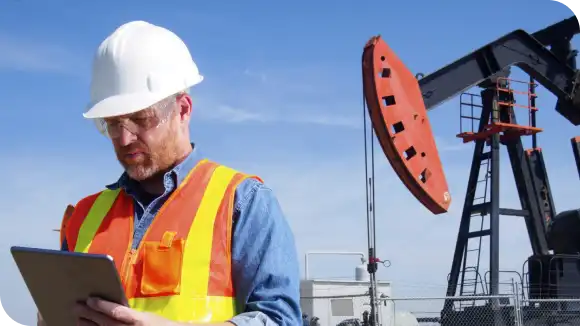
Improve employee project management skills and access PMBOK courses to renew PMP certifications.
Safety Courses Aligned to OSHA Requirements Adhering to all the OSHA and regulatory reg...
Download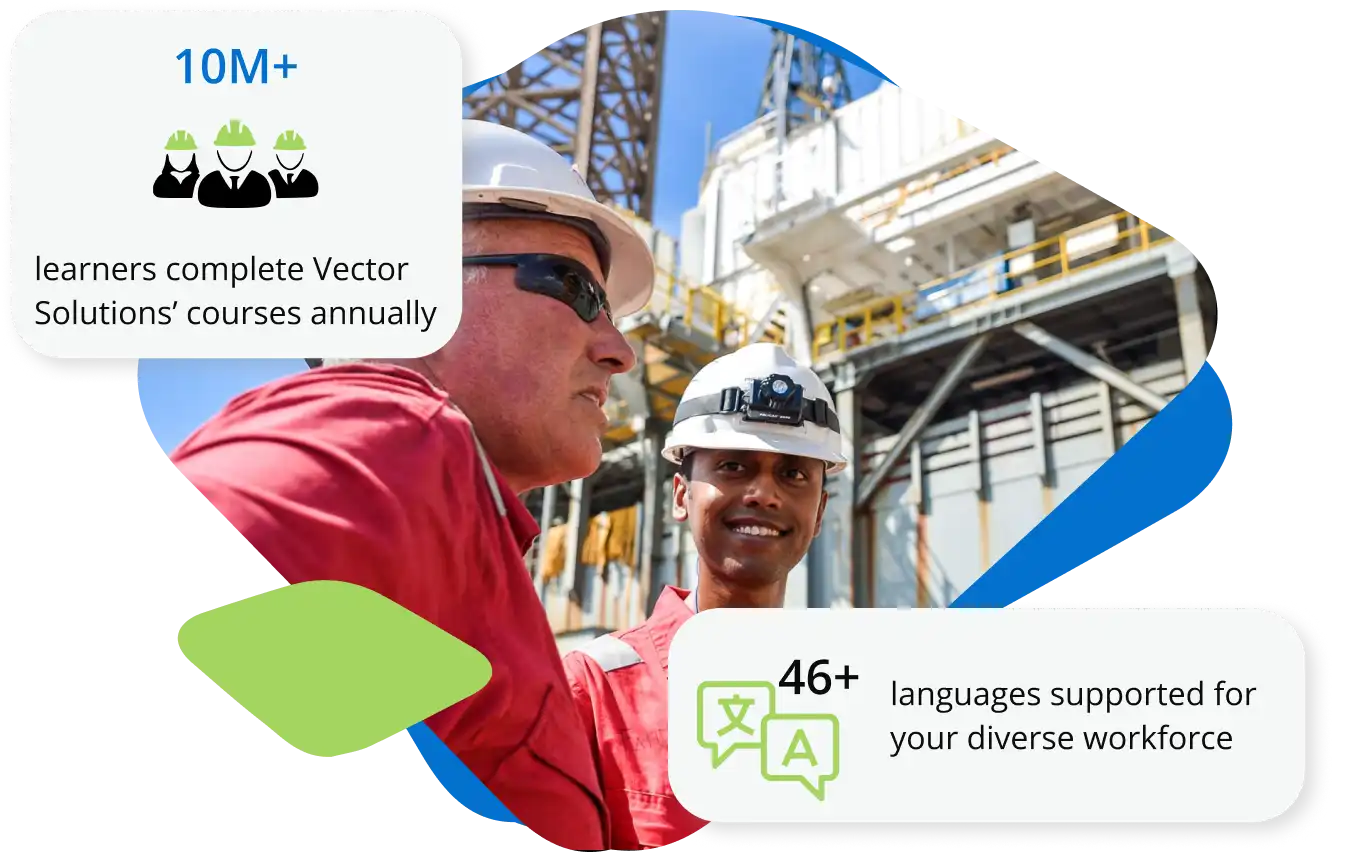
Onboard new employees and train workforce on the latest industry best practices and regulations.
Easily track training progress and required certifications with a powerful learning management system.
Improve tracking and reporting of EHS incidents and near-misses and better protect your people with our EHS Management solutions.



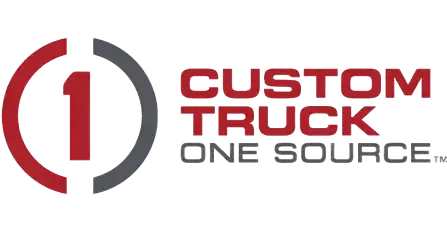
“[The Industrial LMS] has the full solution we need - the training, the safety, the tracking, the engagement, the support, the cost…all of those things are right there. I dare other organizations to do what [Vector Solutions] has done."
Director of Training & Development
Custom Truck One Source (Formerly Utility One Source)
Read the customer story“I’m very optimistic and excited about the training direction we’re going. I think we’re still just at the tip of the iceberg with what we’re going to be able to do now.”
David Berdeaux, Instructional Designer & Training Facilitator
Vulcan Materials Company
Read the customer story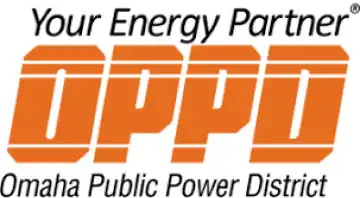
“We are excited about the product, which will help us on our quest to achieve zero injuries at OPPD.”
Safety Analytics & Administrative Support Supervisor
Omaha Public Power District (OPPD)
Read the customer story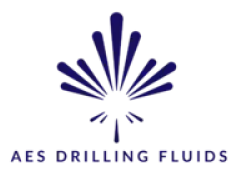

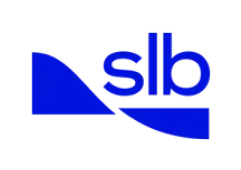
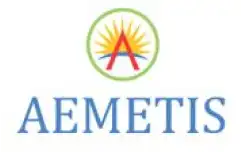


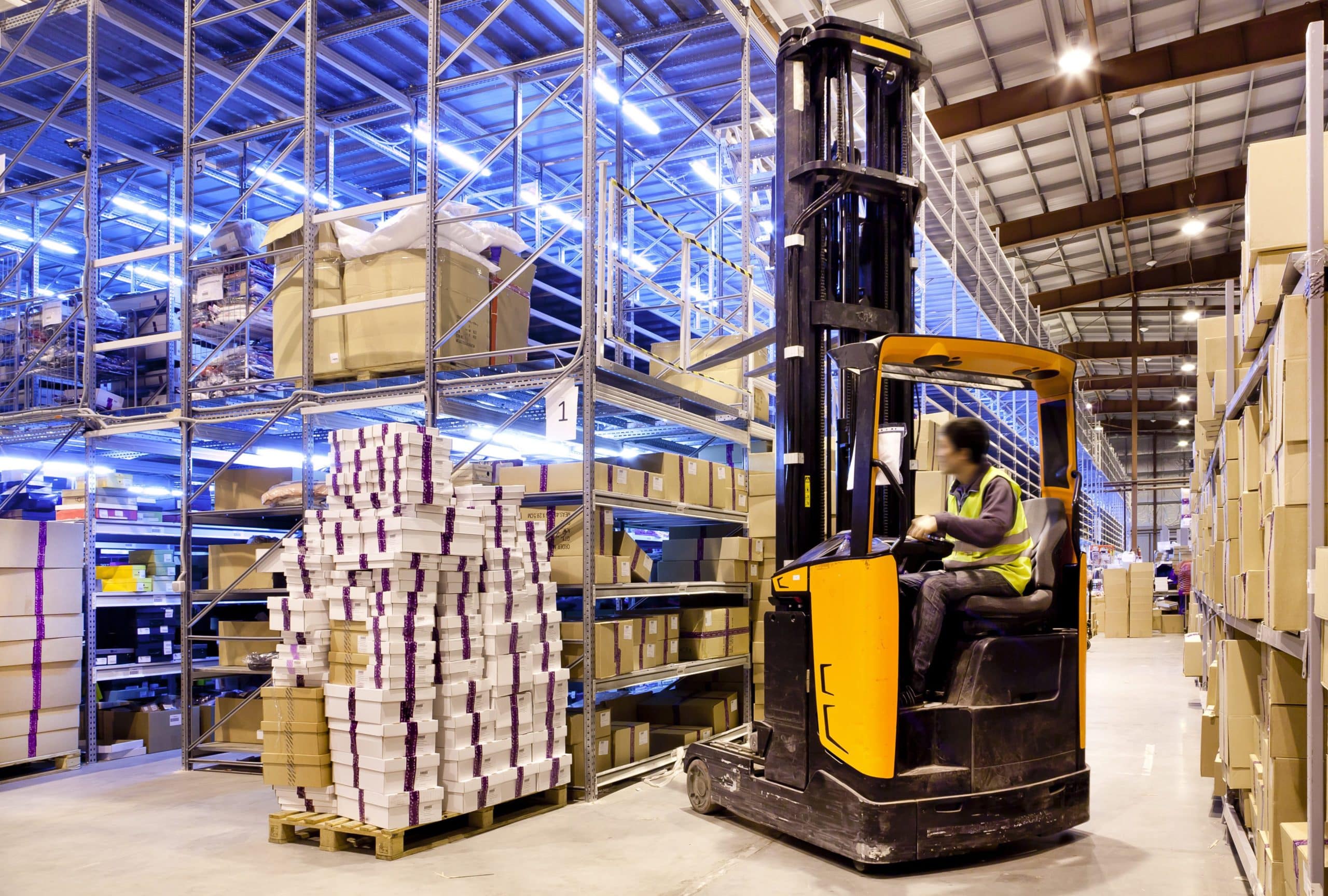



February 23, 2015 2 min read

August 10, 2023 7 min read


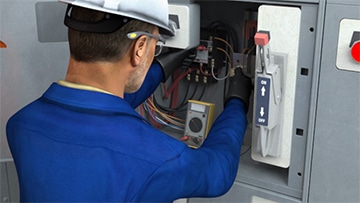
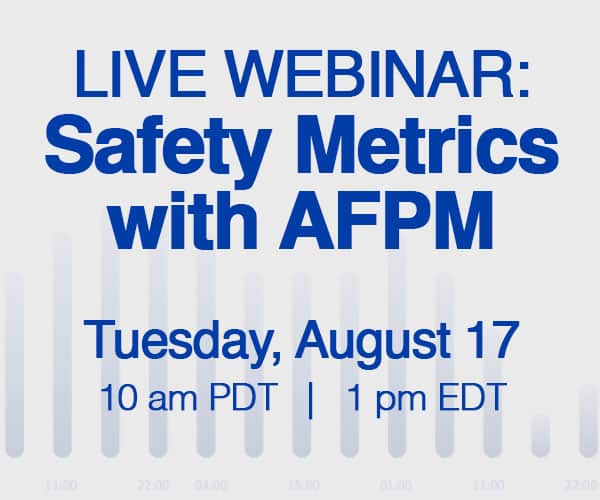
August 17, 2021

December 7, 2021
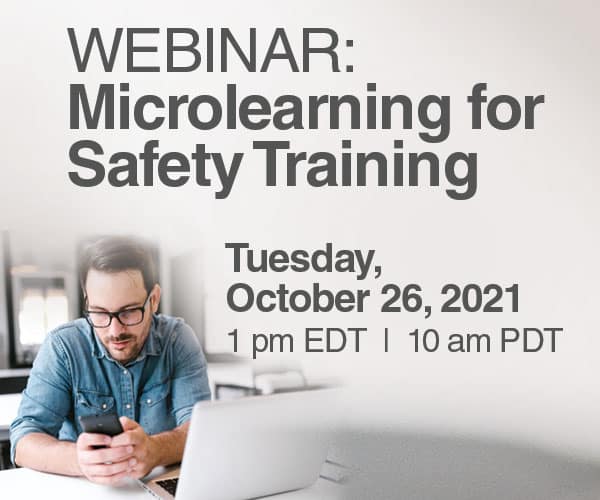
October 26, 2021

October 27, 2022

2023 Telly Gold Award – General Health & Safety

2023 Telly Silver Award – General Health & Safety

2023 Telly Bronze Award – General Health & Safety

Brandon Hall Excellence in Learning - 2022
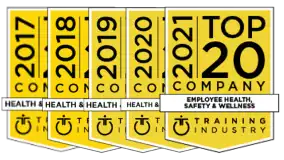
Training Industry Top 20 Employee Health, Safety & Wellness Company
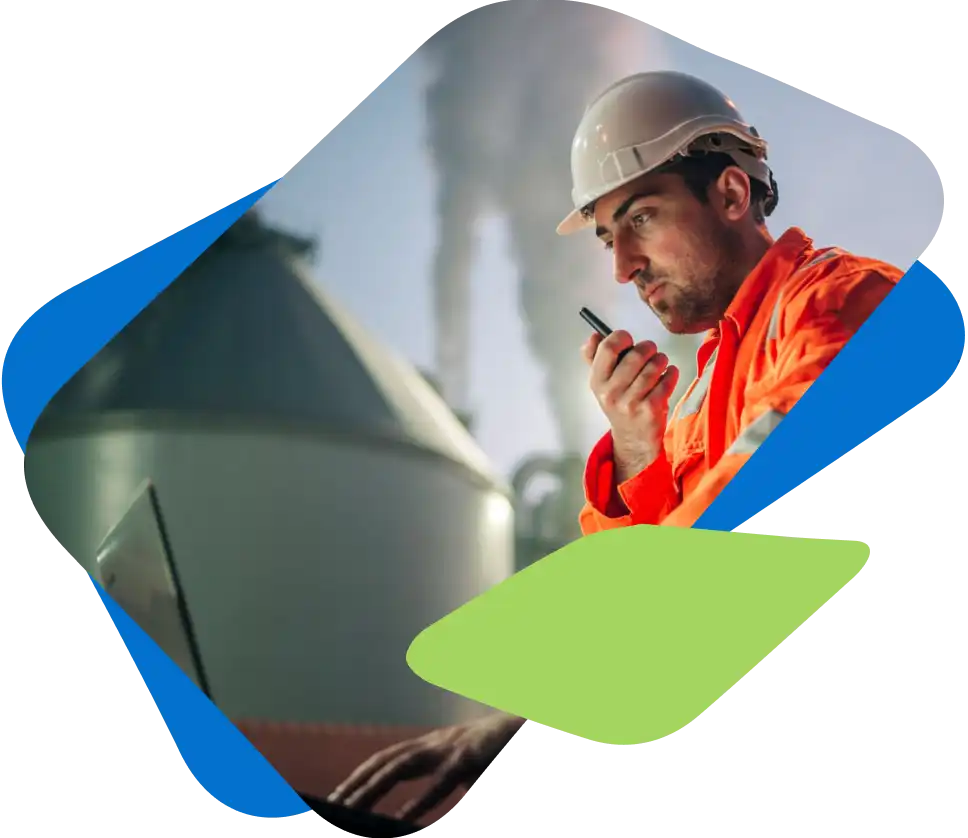
We regularly review our content libraries and update our content to cutting-edge, modern standards. This includes a mix of 3D animation and instructor-led courses that are updated regularly to maintain alignment with codes and standards.
Companies that focus on professional development and upskilling see higher retention because their employees feel more empowered, safe, and valued. Having a strong learning culture also makes you more competitive in the marketplace compared to companies that fail to invest in learning and development.
Purchasing our LMS and content libraries allows you to centralize your spending and have more visibility into what your learning programs cost. Providing education to your entire workforce—rather than one-off training sessions—gives you economies of scale to save money long-term.
Yes, we offer accredited courses that support many different licenses and certifications.
